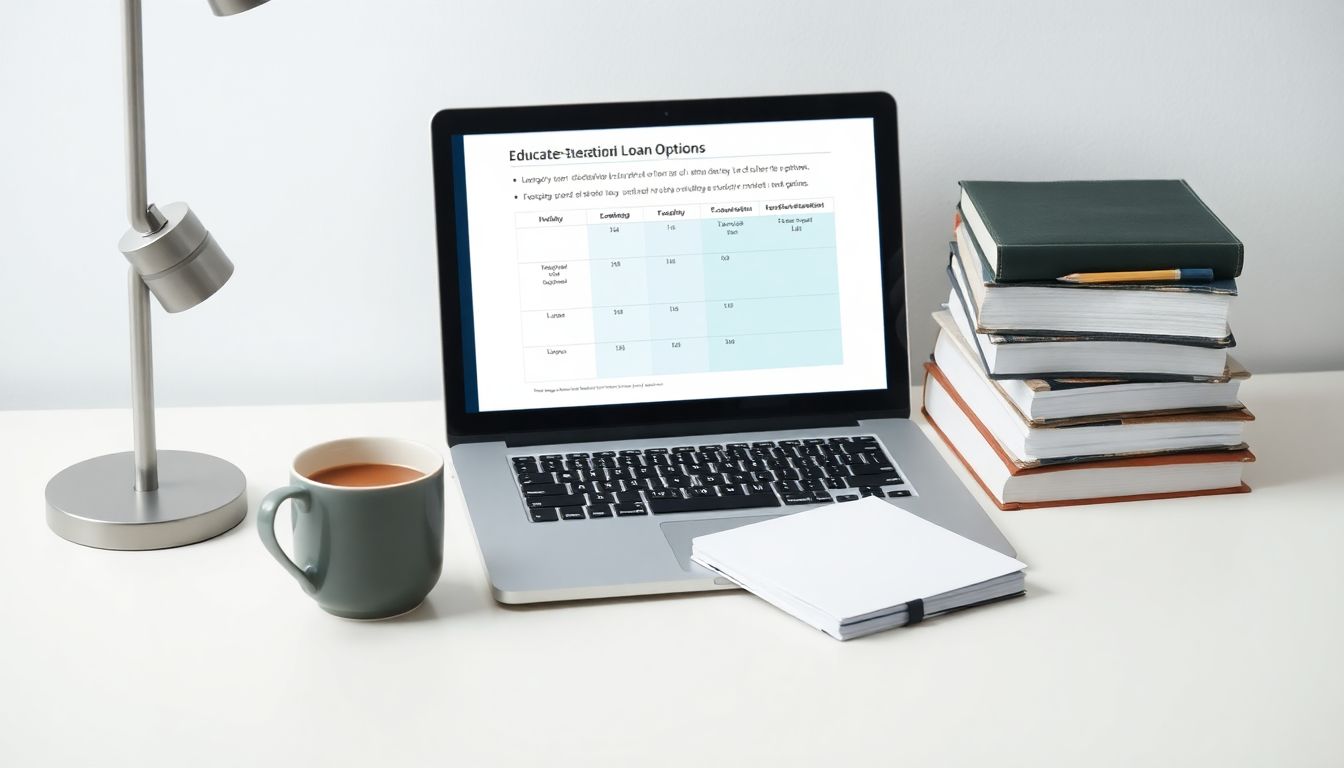An Education Loan is a financial tool that helps students cover the expenses of pursuing higher education. These loans are specifically designed to pay for tuition, textbooks, accommodation, Education Loan and other education-related costs, allowing students to focus on their academic goals without the stress of immediate financial burdens. One of the key benefits of education loans is the repayment flexibility. Most lenders allow students to defer payments until after graduation, and some even extend a six-month “grace period” post-graduation. This means students get time to find employment before beginning repayment.

The cost of higher education is rising faster than many can keep up with. As tuition climbs, many students find themselves looking for ways to pay for college. With education loans, students gain access to necessary funds to fulfill their academic dreams.
The Increasing Burden of Tuition Fees: Statistics and Trends
In the past decade, tuition fees have skyrocketed. According to recent data, the average cost of attending a public four-year university has increased by almost 30%. Education Loan This increase places a heavy financial burden on students and families alike.
Why Education Loans Are a Necessary Tool for Many Students
For many students, education loans are not just an option but a necessity. They help bridge the gap between savings and tuition costs. Loans make pursuing a degree possible for countless individuals who may otherwise have to forgo higher education.
Setting the Stage: Understanding the Basics of Education Loans
Education loans are funds borrowed to pay for educational expenses. This can include tuition, room and board, books, and supplies. Students usually repay these loans after graduation, but specific terms vary.
Defining Education Loans: Types and Eligibility Criteria
Federal vs. Private Education Loans: A Key Distinction
There are two main categories of education loans: federal and private.
- Federal Loans: Often come with lower interest rates and flexible repayment options. They typically don’t require a credit check.
- Private Loans: Offered by banks, credit unions, or online lenders and usually have stricter eligibility requirements.
Understanding Eligibility Requirements and Credit Scores Education Loan
Eligibility for federal loans usually depends on financial need rather than credit history. Private loans, however, often demand a good credit score. Those with limited credit may need a co-signer to secure a loan.
Different Types of Federal Student Loans: Subsidized vs. Unsubsidized
- Subsidized Loans: The government pays the interest while the student is in school.
- Unsubsidized Loans: Interest accumulates from the moment the loan is taken out, regardless of enrollment status.
Exploring Different Types of Education Loans: A Detailed Overview
Private Student Loans: Banks, Credit Unions, and Online Lenders
Private loans vary widely in terms and conditions. Education Loan Students should compare offers from multiple lenders to ensure the best rates and terms.
Parent PLUS Loans: Helping Parents Finance Their Children’s Education
Parents can borrow money to help their children pay for college through Parent PLUS loans. This option allows families to invest in their child’s education while managing monthly repayments.
Alternative Financing Options: Scholarships, Grants, and Employer Assistance
Not all financial help comes in the form of loans. Scholarships and grants do not need to be repaid, making them ideal. Additionally, some employers offer educational benefits that can ease the financial burden.
Managing Your Education Loan Debt: Practical Strategies and Tips
Creating a Realistic Budget and Repayment Plan
Crafting a budget is essential for managing education loan debt. Knowing how much you can afford to repay each month is crucial. Factor all expenses to create a realistic financial plan.
Exploring Repayment Options: Standard, Extended, and Income-Driven Plans
There are various repayment plans available:
- Standard Plan: Fixed monthly payments.
- Extended Plan: Lower monthly payments spread over a longer period.
- Income-Driven Plans: Monthly payments adjusted based on income.
The Importance of Financial Literacy and Budgeting Tools
Understanding financial terms and concepts is critical. Education Loan Use budgeting tools and resources to track spending and savings effectively.
Avoiding Education Loan Debt Pitfalls: Prevention and Proactive Measures
Importance of Thorough Research and Loan Comparison
Taking time to research different loan options can save money in the long run. Compare interest rates, fees, and terms from several lenders.
Understanding Loan Terms, Interest Rates, and Fees
Before signing, make sure to understand each loan’s terms. Education Loan Pay attention to interest rates and any hidden fees that could add to the overall cost.
Strategies for Minimizing Loan Debt Accumulation
Consider minimizing the amount borrowed by applying for scholarships or working part-time during school. Every little bit helps reduce future debt.
Navigating the Repayment Process: Practical Steps and Resources
Staying Organized and Tracking Loan Payments
Create a system to track loan payments. Education Loan Keeping records organized will help avoid missed payments and late fees.
Understanding Your Rights and Options During Repayment
Borrowers have rights, including the option to defer or forbear loans in certain situations. Familiarize yourself with these options.
Seeking Help When Needed: Loan Counseling and Debt Management Programs
If loan repayment becomes overwhelming, seek assistance. Education Loan Many organizations offer loan counseling and debt management programs.
Conclusion: Taking Control of Your Education Loan Journey
Education loans can be a lifeline for many students, but managing them wisely is key.
Key Takeaways and Actionable Steps
- Research thoroughly before borrowing.
- Create a budget to keep repayment manageable.
- Explore all financing options to minimize debt.
Resources for Further Assistance
For more assistance, consider visiting websites like the Federal Student Aid office or consulting financial advisors who specialize in education loans. Remember, taking control of your education loan journey starts with informed decisions.
